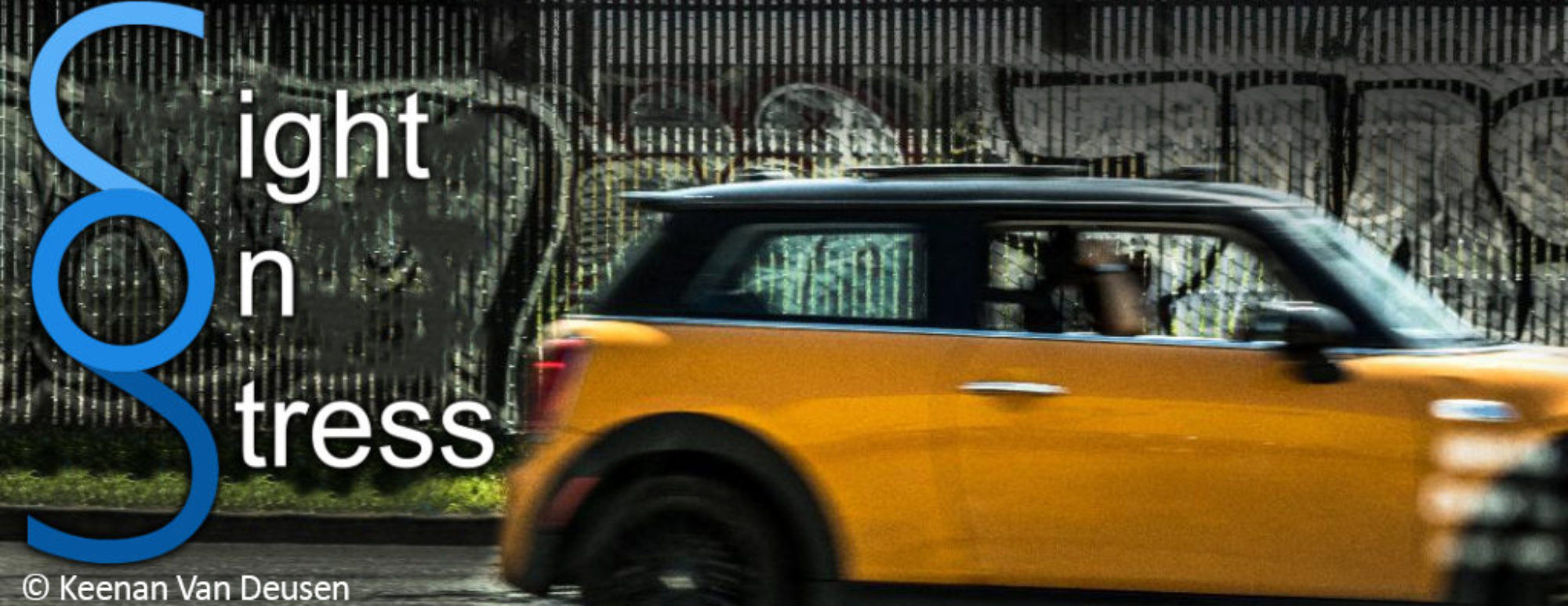
When clients bring in social media stories involving their Snapchat, Instagram or Facebook accounts, very few have positive experiences. Stories usually center on something they saw, read or were forwarded that made them feel badly or on their failed attempts to feel better by getting online.
Take, for example, a client who suffers from loneliness but can’t stop himself from watching cat memes. While his unconscious effort may be to feel better, the effect is the opposite. He winds up less motivated, more depressed and wondering where the time went. Or, there is the story of a young woman who can’t stop herself from stalking an old boyfriend who is reportedly madly in love with someone new. His life is displayed on Instagram in endless photos of him and his new flame, scantily clothed on a tropical beach, drinking beer in a bar, sitting on a mountaintop, hanging out at a concert.
“Why didn’t he want to do those things with me?” she weeps.
Facebook decreases sense of wellbeing
Researcher Ethan Kross and colleagues did, indeed, find that the more their research subjects used Facebook, the less satisfied they were in the moment afterwards. In addition, the more they used it over a two-week period (compared to subjects who used it less), the more their subjective sense of wellbeing declined. Essentially, Facebook is bad for your mood and outlook on life. Despite the popular notion that it enhances your wellbeing through social connection, the research is telling us that Facebook use actually decreases your sense of wellbeing. My clients’ testimonies echo this fact.
So why do we use sites like Facebook so much? First of all, Americans are yearning for connection these days as loneliness has become pervasive. Americans also tend to compare themselves with others as way to find the formula to connection. With social media there exists the constant temptation to peak into others’ lives, and “see” what people are up to—a method of sleuthing that didn’t exist before 2006, that is, before Facebook came online to anyone over the age of 13.
Being present
People are looking for ways to either feel momentarily soothed, more connected or for the Holy Grail itself—the answer to eternal happiness and abundance. As you’ve read from statistics on happiness, loneliness, stress and anxiety that I presented earlier on this blog, most Americans are ill at ease. While people sleuth to feel better, they don’t realize feeling better lies in being present with themselves and each other (in person.) In Kross’s study cited above, no one’s wellbeing decreased from in-person social interactions. And in numerous studies on mindfulness, being present with oneself increases wellbeing.
The effect on our youth
Unfortunately, our youth are more affected by social media’s dark side than any other age group because they use it the most. You’ve heard the stories of teens who end up killing themselves, reportedly prompted by cyberbullying, coupled with loneliness. You may know that teens today drink less alcohol and have less sex (something parents may believe is a win.) But when the reason for the latter is decreased in-person, social contact, that statistic is worrisome. It is a fact, that excessive social media use is associated with increases in depression, loneliness, and suicide risk and that all of these factors have been steadily increasing in our youth since 2012.
Addictive nature
It’s not that some of these sites don’t help people connect. They do. It’s the addictive nature of them and peoples’ misuse of them that is the problem. If someone is using Snapchat to make fun of a peer without getting caught so easily, that’s a problem. If people are checking incessantly for “likes” on their Instagram page because they suffer from low self-esteem, that’s a problem. If people are looking to cure their loneliness through reading others’ Facebook posts, that’s a problem.
How to limit social media use
So how do we help our youth (and ourselves) limit social media use and get back to swimming at the lake, throwing the football at the park or just gathering at each other’s homes? It’s easy to recommend that teens not be on their devices for more than two hours a day (the apparent tipping point into anxiety and depression occurs after those two hours), but how can parents make that happen? Certainly not alone.
We all, not just parents, need to educate and help teens manage their smartphone and especially social media use. Social media companies, tech companies, school administrators, teen celebrities and parents alike can help. Below are some suggestions for minimizing social media use among teens and adults.
- Apps that limit or block certain social media sites. For the use of his smartphone, tablet or computer, you can install certain apps on your teen’s devices (as well as your own) that either track usage, block usage or monitor usage.
Apps like TeenSafeControl, Moment or Freedom have a variety of mechanisms that either block one’s ability to use certain social media sites or alert the person (sometimes with unpleasant alarms) that force you to put down the device when having exceeded a set time limit. At first, it may seem intrusive, but it can initially act as the governor many of us seem to be missing when it comes to social media use.
Non-device-oriented activities
- Engage your teen in non-device-oriented activities. Not only do we make sure our family spends device-free time at the dinner table every night, talking, we began by meditating every Sunday and are planning to increase this practice to several times a week.
Our fourteen-year-old’s idea was that we require him to be physically active (either riding his bike, playing basketball or going to the gym, as examples) for a particular time period every day. It works.
Getting kids (and yourselves) out on family hikes, bike rides or fishing excursions are examples of how to promote time in nature that has the tendency to uplift one’s mood and decrease one’s anxiety, not to mention the benefit of interacting in person vs via social media sites. As a parent, you can require your teen be involved in one or two curricular activities of her choice—activities that cannot be done with a screen in one’s hand.
Schools
- Schools can help. For younger and older teens alike, education is helpful. They can teach healthy use of social media as part of health education (and I highly recommend this as excessive social media and device use, in general, has now proven to be hazardous to one’s health.) They can also limit device use, in general, on school grounds. The research on the relationship between mood states and social media use is still new and most kids and teens are uninformed.
Screen-time feature
- Apple installed the screen-time feature on its devices to help reduce the amount of time people are on their phones, but this feature can also limit the amount of time you spend on your social media apps. The key is not to “ignore” the limit when it turns off the app. Could social media companies do the same—have warnings that appear when approaching one hour of use time, for example? When it comes from the company itself (instead of from a nagging parent) it may have better effect. Living in a World of Information Overload
Celebrities
- Celebrities can role model for kids. Remember all the anti-drug use ads that came out in the late 80s, urging teens not to do drugs? According to the Yale School of Management, these ads were actually effective in reducing drug use among teens.
Perhaps celebrities could help with some “limit your social media time” ads as well. Again, the source may prove more effective than a teen’s parent, as teens are wired to psychologically break away from their parents (which includes opposing parental opinions) as they move into the world of adulthood.
As is true for many things that appear fun and alluring, there is often a dark side. Social media is here to stay, but it doesn’t have to kill us. Learning the downfalls of it is necessary. Knowing how to moderate yourself is imperative.
- Living in a World of Information Overload
- Three Simple Three Ways to Decrease Stress in a World of Technology and Information Overload
Dr. Van Deusen received her PhD in Clinical Psychology from the California School of Professional Psychology in Los Angeles in 1992. She has cultivated deep knowledge of attachment theory and stress and has worked with various populations over her two and a half decade career. Her practice is in Seattle, Washington. Buy her book Stressed in the U.S.: 12 Tools to Tackle Anxiety, Loneliness, Tech-Addiction and More here

